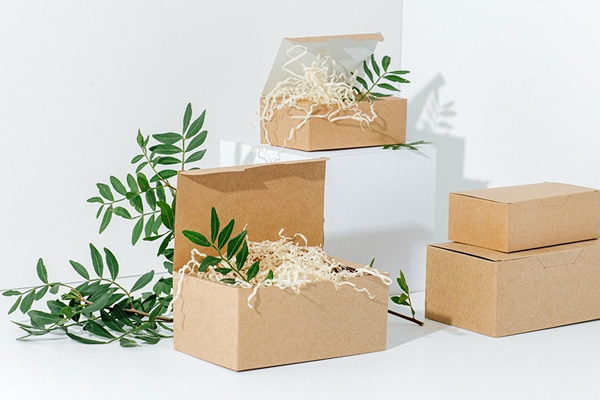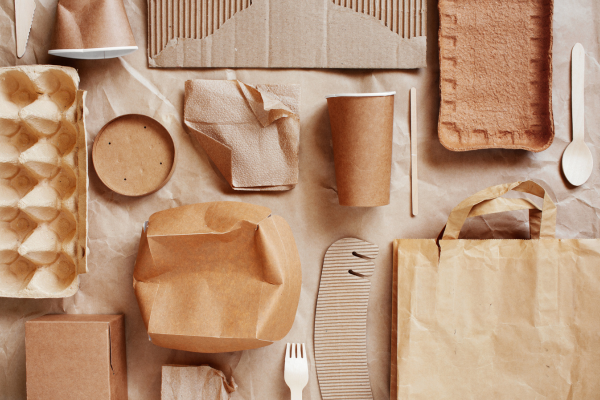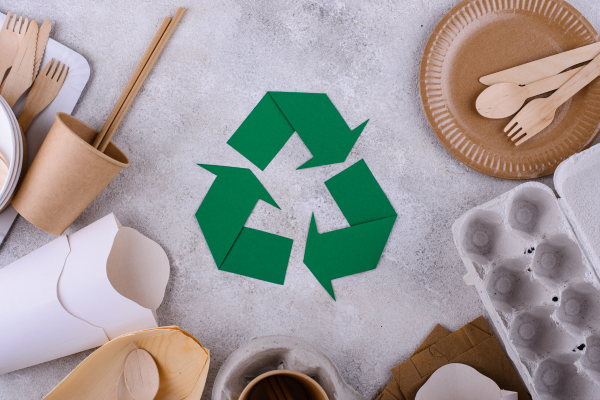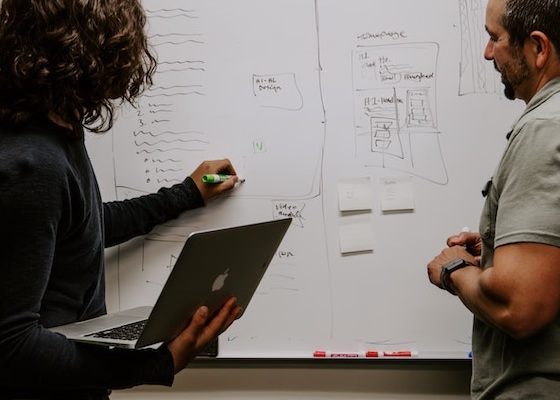
Redesigning the World of Packaging for a Sustainable Tomorrow
Environmental consciousness and consumer expectations have pushed businesses to embrace sustainability. One of the most crucial aspects of this transformation is packaging. In a world where ‘reduce, reuse, recycle’ has become a mantra, companies are reimagining their packaging strategies. This article explores the fascinating realm of best sustainable packaging innovations and how they are changing the landscape for businesses.
The Growing Importance of Sustainable Packaging
Best sustainable packaging Innovation has transitioned from a niche concern to a global imperative. Environmental concerns, heightened by climate change and plastic pollution, have forced industries to reevaluate their approach.
The Current Packaging Landscape
Environmental Concerns
As our planet faces environmental crises, the environmental footprint of packaging comes under scrutiny. Landfills overflowing with non-biodegradable materials are a stark reminder of the ecological impact.
Consumer Demand for Eco-Friendly Packaging
Consumers are no longer passive participants in environmental issues. They demand eco-conscious packaging choices, forcing businesses to respond to their concerns.
Legal Regulations and Industry Standards
Governments and industry bodies have introduced regulations and standards to curb the excesses of unsustainable packaging practices. Compliance is not just a choice but a necessity.
Benefits of Sustainable Packaging
Reducing Carbon Footprint
Sustainable packaging can significantly reduce a company’s carbon footprint. By using materials that degrade naturally, businesses minimize greenhouse gas emissions.
Enhanced Brand Image
Eco-friendly packaging portrays a brand as socially responsible. It attracts consumers who align with these values and can significantly boost a company’s image.
Cost Savings
Although initial investments may be higher, sustainable packaging can lead to cost savings in the long run. Reduced material usage and waste management expenses contribute to financial benefits.

Key Innovations in Sustainable Packaging
Biodegradable Materials
Benefits of Biodegradable Packaging
Biodegradable packaging materials break down naturally, leaving no trace. They reduce the burden on landfills and marine environments.
Examples of Biodegradable Materials
Materials like PLA (polylactic acid), mushroom mycelium, and seaweed-based packaging are gaining popularity for their biodegradability.
Recyclable Packaging
The Importance of Recycling
Recyclable packaging encourages the circular economy, reducing the need for new raw materials and energy consumption.
Designing for Recyclability
Optimal design for recyclability is crucial. Simple, mono-material packaging is easier to recycle.
Minimalistic Packaging
Less is More: The Trend of Minimalistic Packaging
Minimalistic packaging follows the ethos of simplicity, using only what’s necessary, reducing waste, and focusing on the essence of the product.
Reducing Excess Packaging
By eliminating unnecessary layers and components, businesses minimize their environmental impact and transportation costs.
Reusable Packaging
- The Rise of Reusable Containers – The use of durable, reusable packaging, such as glass bottles or cloth bags, is a game-changer in sustainability.
- Building a Reusable Packaging System – Companies are adopting innovative systems for collecting and refurbishing reusable packaging, closing the loop of consumption and waste.
Smart Packaging
Incorporating Technology for Sustainability
Smart packaging utilizes technology like QR codes or sensors to enhance product safety, traceability, and consumer interaction.
Smart Packaging Examples
Interactive packaging provides information on freshness, tampering, and origin, helping consumers make informed choices.
Upcycled Materials
Creativity and Sustainability
Upcycling involves repurposing waste materials into new packaging, giving a second life to discarded items.
Success Stories in Upcycling
Several companies have demonstrated the feasibility and beauty of upcycled packaging, turning trash into treasure.
Case Studies: Businesses Embracing Sustainable Packaging
Company A: A Pioneer in Biodegradable Packaging
Product Packaging Transformation
By adopting biodegradable packaging, Company A reduced its environmental impact and appealed to eco-conscious consumers.
Consumer Response and Impact
Positive feedback and increased sales testify to the success of their sustainable packaging initiative.
Company B: Making Waves with Reusable Packaging
Journey Towards Reusability
Company B’s transition to reusable packaging not only reduced waste but also attracted environmentally conscious customers.
Business Growth and Environmental Impact
This transition drove growth, as well as a significant reduction in the company’s ecological footprint.
Company C: Tech-Infused Smart Packaging Solutions
Integrating Technology for Efficiency
By implementing smart packaging solutions, Company C improved product safety and enhanced the user experience.
Improving User Experience and Sustainability
Their tech-infused packaging provides consumers with real-time information, promoting responsible consumption.

Challenges and Considerations
- Initial Costs and ROI
Businesses may encounter higher upfront costs in transitioning to sustainable packaging. However, the long-term return on investment, coupled with environmental benefits, makes it a prudent choice. - Balancing Aesthetics with Sustainability
Achieving a balance between attractive packaging and eco-friendliness can be challenging. However, innovative designers are finding creative solutions. - Supply Chain and Logistics Challenges
Sustainable packaging can introduce complexities into the supply chain, requiring careful planning and collaboration with suppliers.
Steps for Businesses to Adopt Sustainable Packaging
-
Assessing Current Packaging Practices
Understanding current packaging practices is the first step toward adopting sustainability. An audit can reveal areas for improvement.
-
Setting Sustainability Goals
Businesses should set clear, achievable sustainability goals to guide their packaging strategy.
-
Collaborating with Suppliers and Manufacturers
Close collaboration with suppliers and manufacturers is essential to sourcing sustainable materials and implementing eco-friendly practices.
-
Educating Employees and Consumers
Educating both employees and consumers about the importance of sustainable packaging fosters a shared commitment to environmental responsibility.
The Role of Government and Certification
- Government Incentives and Regulations
Government incentives, tax breaks, and regulations can drive businesses to embrace sustainable packaging practices. - The Importance of Sustainability Certifications
Certifications like “FSC” and “Cradle to Cradle” validate a company’s commitment to sustainable packaging, boosting consumer trust.
Future Trends in Sustainable Packaging
Innovations on the Horizon
The sustainable packaging landscape is constantly evolving, with exciting innovations like edible packaging and plant-based materials on the horizon.
The Role of Artificial Intelligence and Machine Learning
AI and ML are set to revolutionize packaging design, optimizing materials and shapes for sustainability without sacrificing functionality.
Conclusion
The Imperative of Best Sustainable Packaging Innovations
The transition to sustainable packaging is not just an option; it’s a necessity. Businesses that ignore this shift risk alienating eco-conscious consumers and contributing to environmental problems.
Business Opportunities and Environmental Responsibility
Sustainable packaging isn’t just about reducing harm; it’s also about creating new opportunities, enhancing brand value, and taking responsibility for the planet’s future. The future of packaging is green, and businesses that embrace it will flourish in the eco-conscious marketplace.



